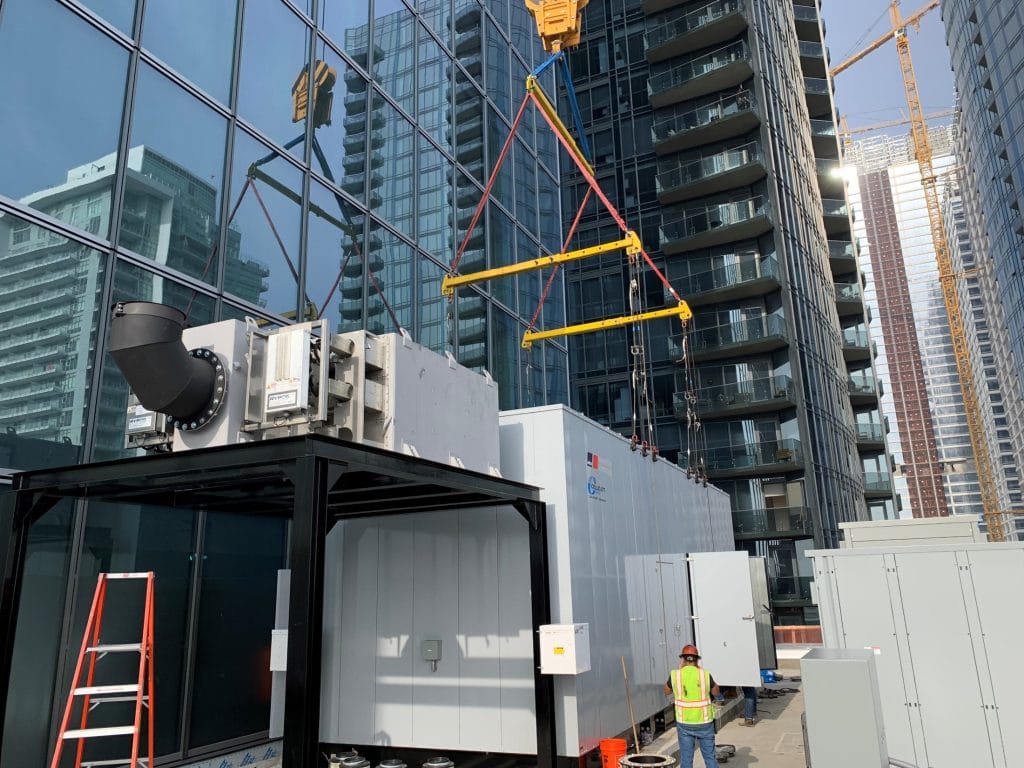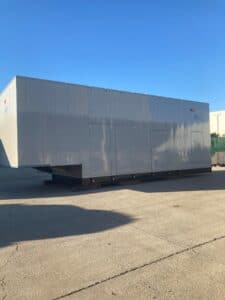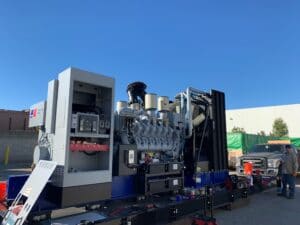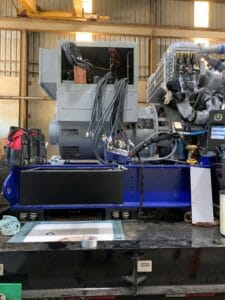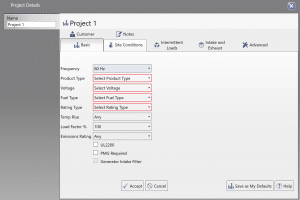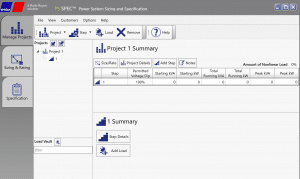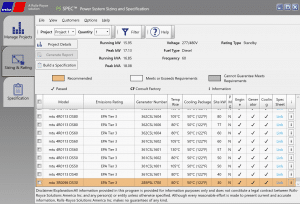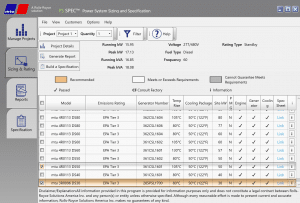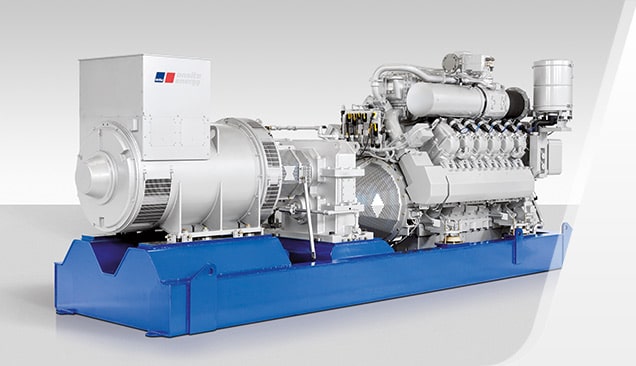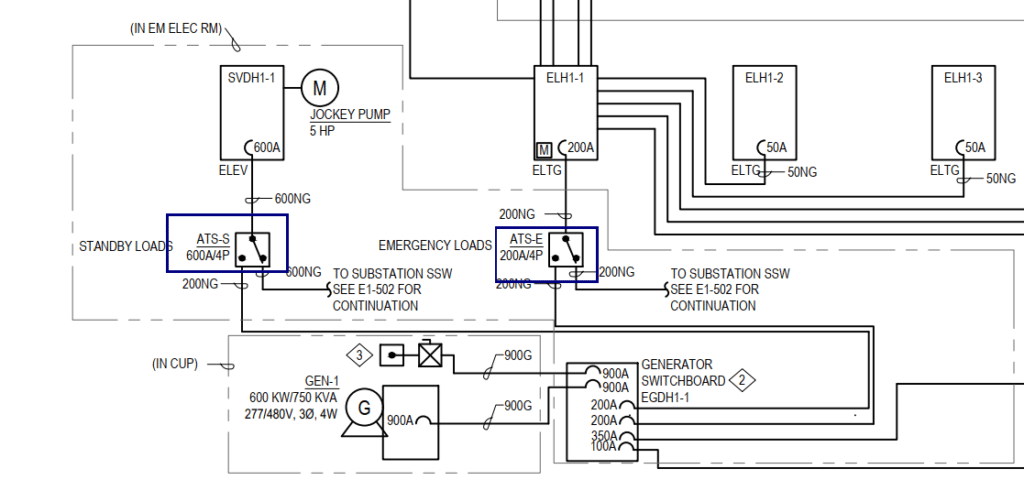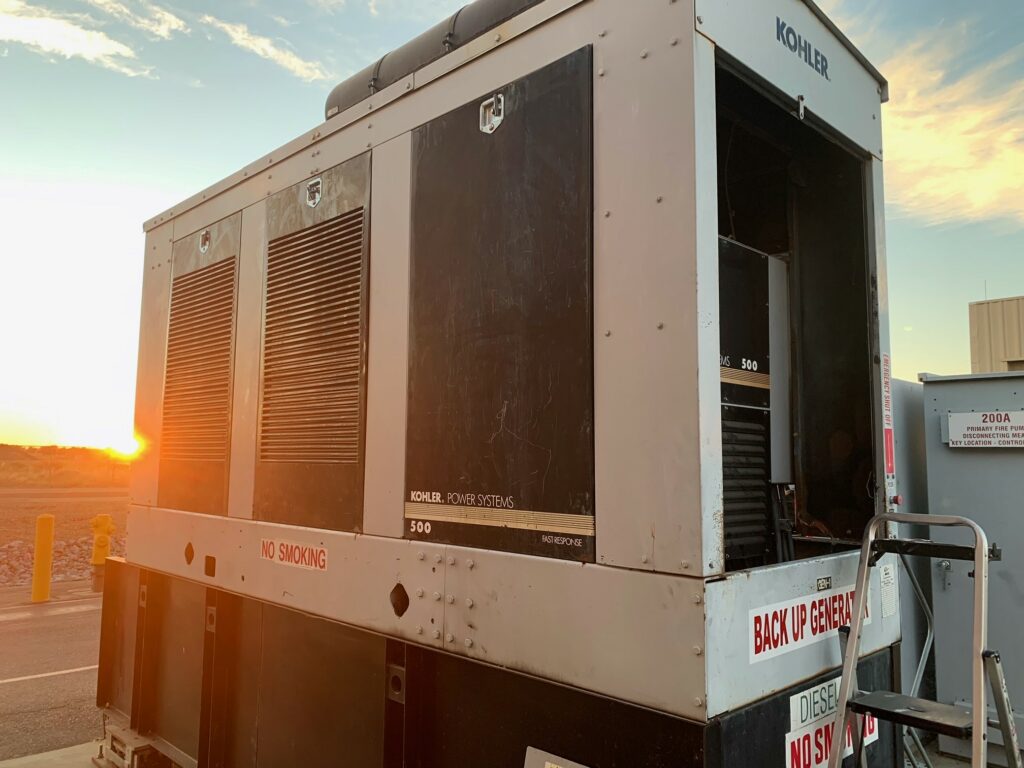In the realm of uninterrupted power supply solutions, the mtu Kinetic PowerPack emerges as a beacon of innovation and reliability. As a distributor for mtu, Collicutt Energy brings forward a dynamic and uninterruptible electrical power solution that redefines the standards of power conditioning and efficiency.

Engineering Excellence in Power Supply
The mtu Kinetic PowerPack is engineered with precision to cater to specific power, footprint, and sustainability needs of businesses across various industries. Unlike traditional static UPS systems, this dynamic UPS technology leverages kinetic energy through a diesel engine coupled to a kinetic energy accumulator via an electromagnetic clutch. See this article for more information on how KPPs work.
Unraveling the Benefits
1. Lower Total Cost of Ownership (TCO): The mtu Kinetic PowerPacks prove to be more cost-effective, reducing consumable electricity costs and maintenance expenses significantly.
2. Smaller Footprint: With a compact design and reduced component count, the mtu Kinetic PowerPacks occupy only 40% of the space compared to equivalently rated static UPS systems. This not only saves on building construction costs but also optimizes space for revenue-generating purposes.
3. Scalable Solutions: The versatility of the mtu Kinetic PowerPacks allows for scalability, enabling businesses to adapt to evolving power requirements seamlessly.
4. Optimal Sustainability: By eliminating the need for heavy batteries and minimizing chemical waste generation, the mtu Kinetic PowerPacks uphold sustainability standards while delivering reliable power supply.
5. Enhanced Reliability: The lower component count in the mtu Kinetic PowerPacks translates to higher reliability and resilience, ensuring uninterrupted operations even in challenging environments.
Versatility Across Industries
The mtu Kinetic PowerPacks finds application across a spectrum of industries, including:
- Data Centers: Ensuring uninterrupted power supply critical for data integrity and operational continuity.
- Critical Process Manufacturing: Mitigating risks associated with power supply interruptions in manufacturing processes.
- Infrastructure: Supporting vital services such as transportation, communication, and governance with resilient power solutions.
- Healthcare: Providing life-saving power support to medical facilities for uninterrupted patient care.
Experience the mtu Kinetic PowerPack
Explore the benefits of kinetic energy and unlock a world of efficiency, reliability, and sustainability in power supply.
For detailed specifications and configurations, contact Collicutt Energy to discover how the mtu Kinetic PowerPack can transform your power infrastructure.
At Collicutt Energy, we empower businesses with solutions that drive progress and resilience. Join us in embracing the future of power supply with the mtu Kinetic PowerPack.



